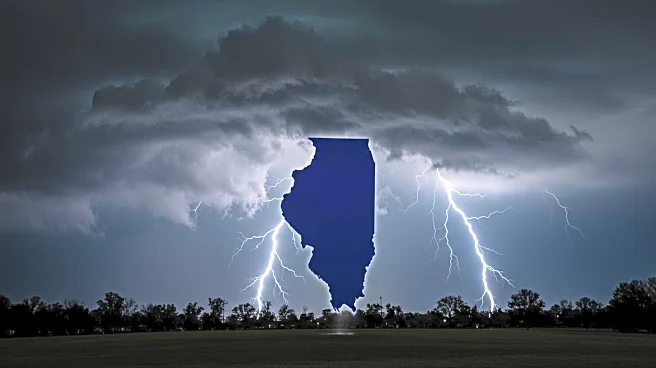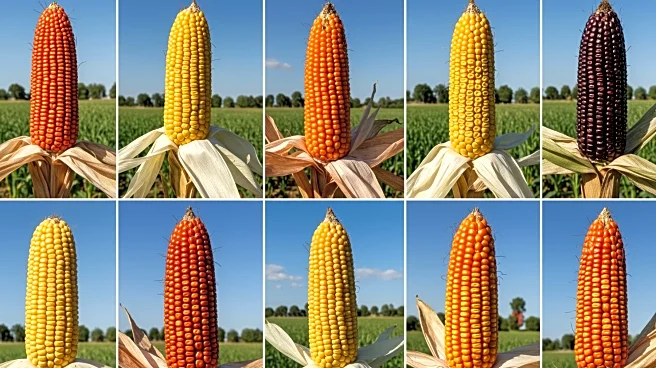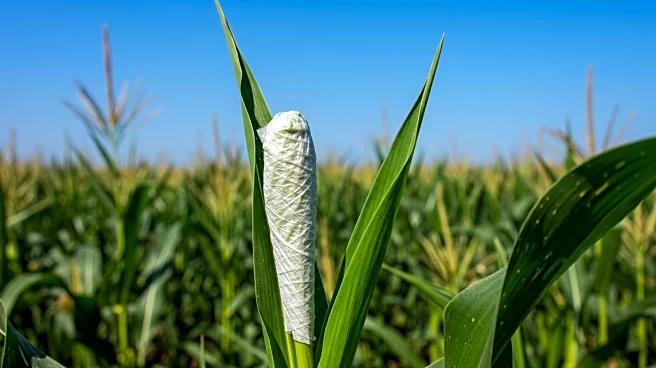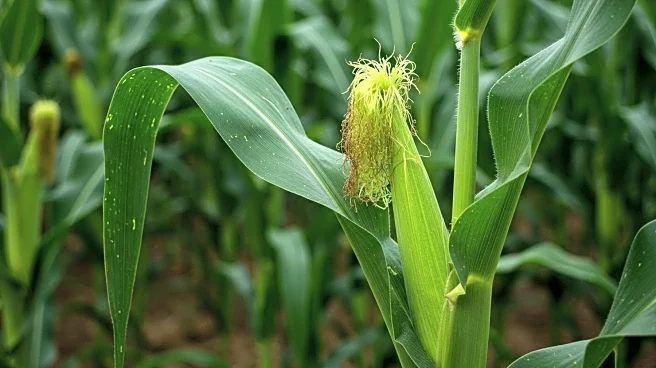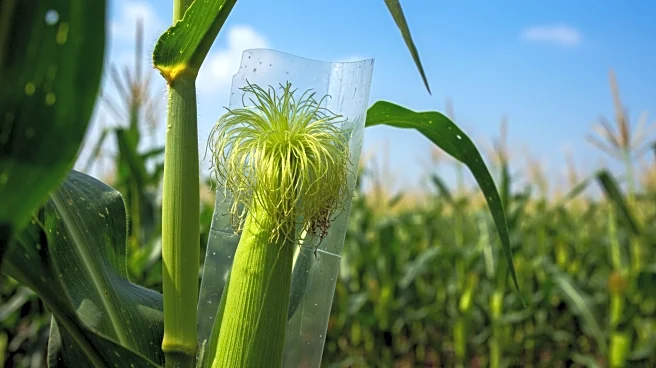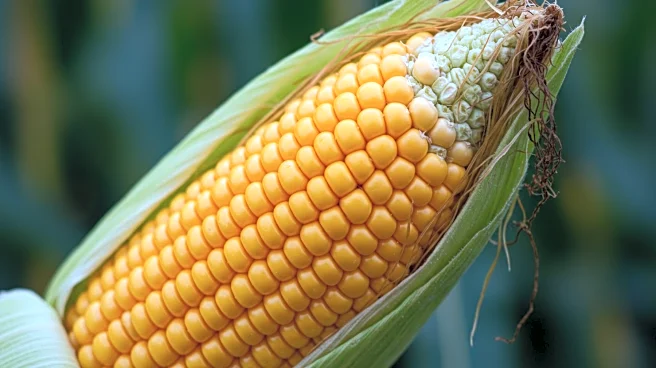What's Happening?
Soybean and grain futures have decreased in overnight trading due to favorable weather conditions in the Midwest. The U.S. Drought Monitor reports that less than 2% of the region, including major producers Iowa and Illinois, is experiencing drought, a significant improvement from earlier in the year. The USDA data shows that 68% of soybeans and 72% of corn are in good or excellent condition. Wheat futures are also under pressure as the spring harvest progresses. Additionally, the Commodity Futures Trading Commission reports increased bearish bets on corn futures, while investors have reduced bearish positions on soybeans.
Why It's Important?
The decline in futures prices reflects the impact of favorable weather on crop conditions, which can lead to increased supply and lower market prices. This situation benefits consumers with potentially lower food prices but poses challenges for farmers who may face reduced income. The shift in investor sentiment, as indicated by the CFTC data, suggests changing market expectations that could influence future trading strategies and agricultural planning. The weather conditions and market dynamics are crucial for stakeholders in the agricultural sector, including farmers, investors, and policymakers.
What's Next?
The USDA is set to update its weekly crop progress report, which may further influence market trends and investor decisions. Farmers and investors will continue to monitor weather patterns and market conditions to adjust their strategies accordingly. The ongoing developments in futures trading could lead to shifts in agricultural production priorities, with potential implications for crop selection and resource allocation.




